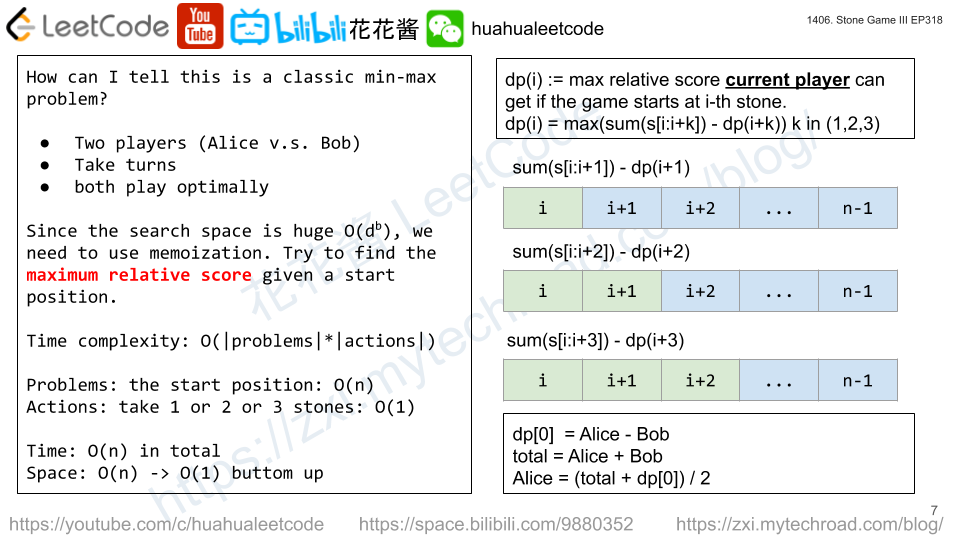Alice and Bob take turns playing a game, with Alice starting first.
Initially, there are n stones in a pile. On each player’s turn, that player makes a move consisting of removing any non-zero square number of stones in the pile.
Also, if a player cannot make a move, he/she loses the game.
Given a positive integer n. Return True if and only if Alice wins the game otherwise return False, assuming both players play optimally.
Example 1:
Input: n = 1 Output: true Explanation: Alice can remove 1 stone winning the game because Bob doesn't have any moves.
Example 2:
Input: n = 2 Output: false Explanation: Alice can only remove 1 stone, after that Bob removes the last one winning the game (2 -> 1 -> 0).
Example 3:
Input: n = 4 Output: true Explanation: n is already a perfect square, Alice can win with one move, removing 4 stones (4 -> 0).
Example 4:
Input: n = 7 Output: false Explanation: Alice can't win the game if Bob plays optimally. If Alice starts removing 4 stones, Bob will remove 1 stone then Alice should remove only 1 stone and finally Bob removes the last one (7 -> 3 -> 2 -> 1 -> 0). If Alice starts removing 1 stone, Bob will remove 4 stones then Alice only can remove 1 stone and finally Bob removes the last one (7 -> 6 -> 2 -> 1 -> 0).
Example 5:
Input: n = 17 Output: false Explanation: Alice can't win the game if Bob plays optimally.
Constraints:
1 <= n <= 10^5
Solution: Recursion w/ Memoization / DP
Let win(n) denotes whether the current play will win or not.
Try all possible square numbers and see whether the other player will lose or not.
win(n) = any(win(n – i*i) == False) ? True : False
base case: win(0) = False
Time complexity: O(nsqrt(n))
Space complexity: O(n)
C++
|
1 2 3 4 5 6 7 8 9 10 11 12 13 14 |
class Solution { public: bool winnerSquareGame(int n) { vector<int> cache(n + 1, 0); // 0:Unknown, 1:Win, -1:Lose function<int(int)> win = [&](int n) -> int { if (n == 0) return -1; if (cache[n]) return cache[n]; for (int i = sqrt(n); i >= 1; --i) if (win(n - i * i) < 0) return cache[n] = 1; return cache[n] = -1; }; return win(n) > 0; } }; |
Java
|
1 2 3 4 5 6 7 8 9 10 11 12 13 14 15 16 |
class Solution { private int[] cache; public boolean winnerSquareGame(int n) { this.cache = new int[n + 1]; return this.win(n) > 0; } private int win(int n) { if (n == 0) return -1; if (this.cache[n] != 0) return this.cache[n]; for (int i = (int)Math.sqrt(n); i >= 1; --i) if (win(n - i * i) < 0) return this.cache[n] = 1; return this.cache[n] = -1; } } |
Python3
|
1 2 3 4 5 6 7 8 9 10 |
class Solution: def winnerSquareGame(self, n: int) -> bool: dp = [None] * (n + 1) dp[0] = False for i in range(0, n): if dp[i]: continue for j in range(1, n + 1): if i + j * j > n: break dp[i + j * j] = True return dp[n] |
